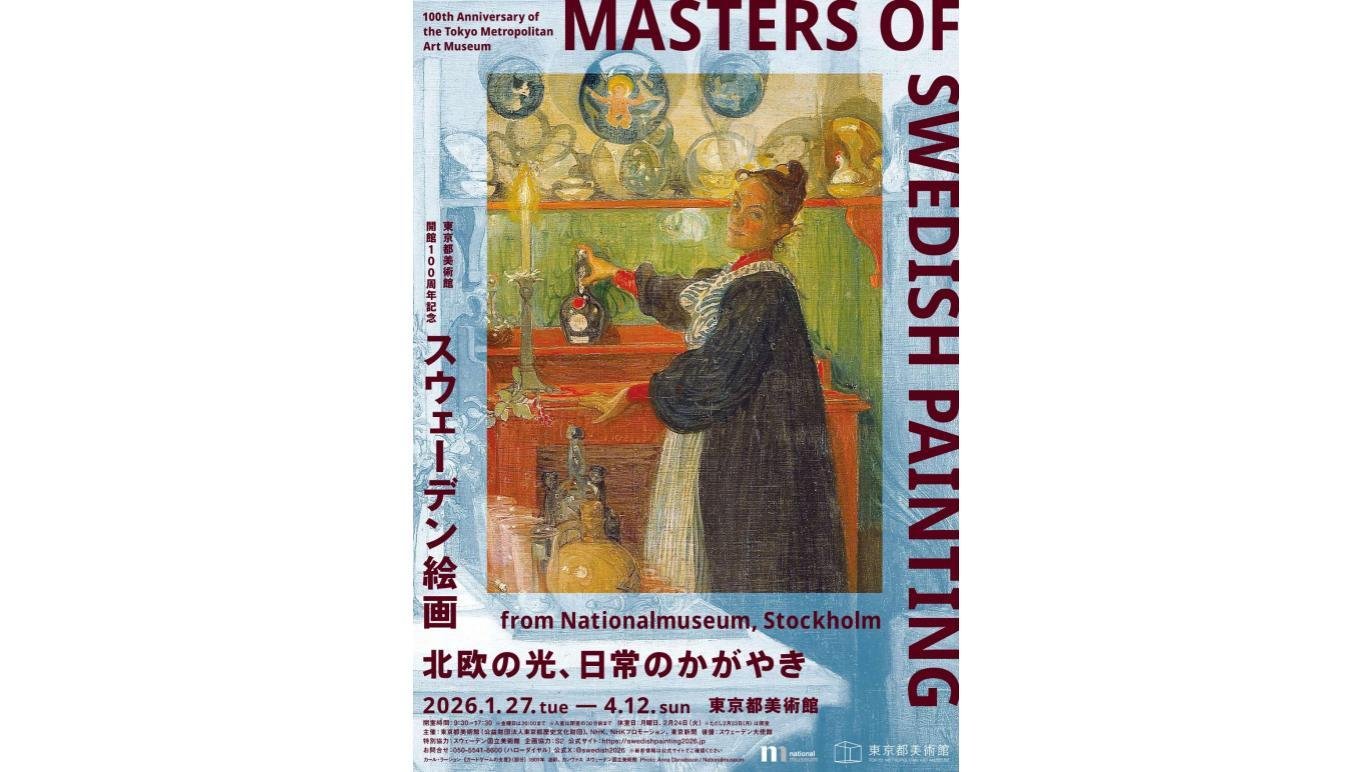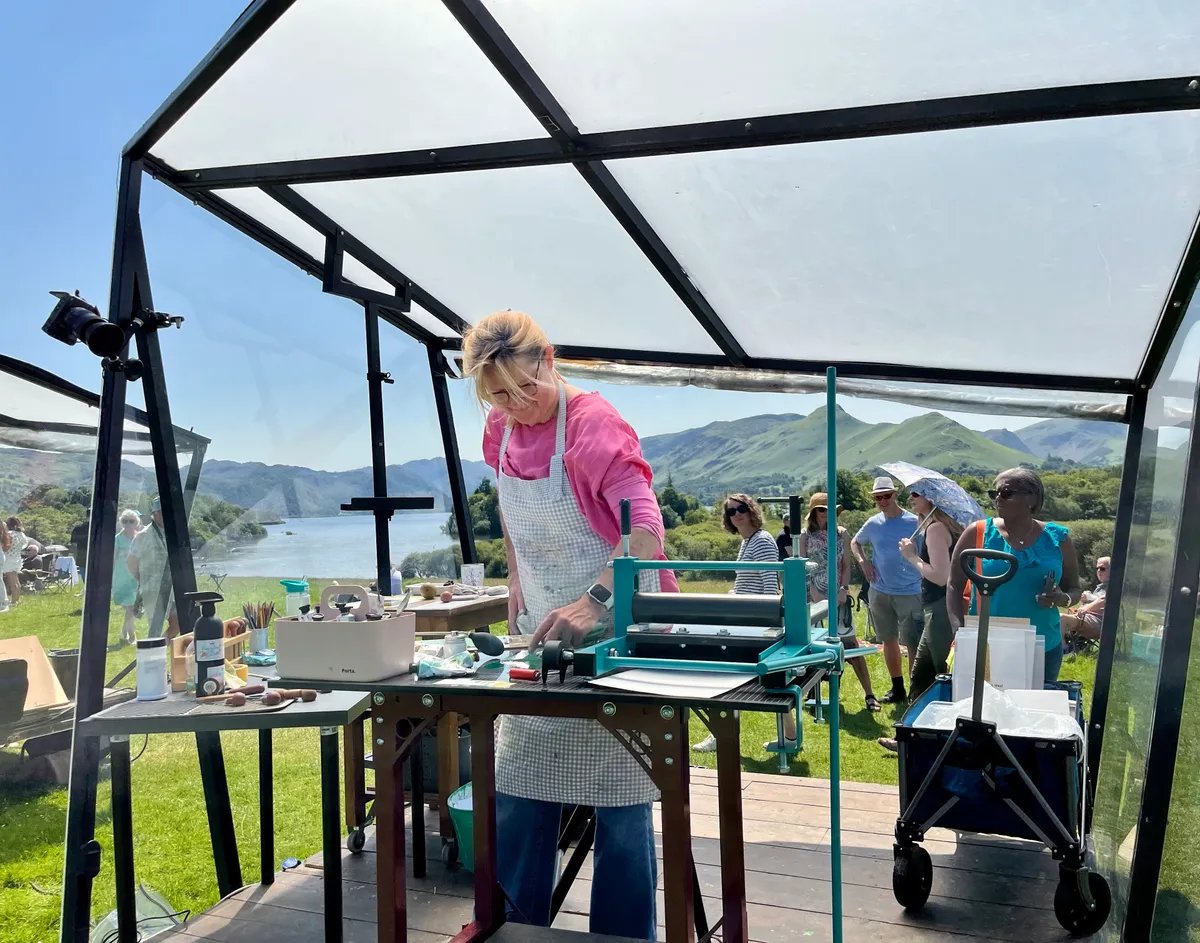Claudette Johnson, a Black British visual artist who is experiencing a late-career renaissance, and Jasleen Kaur, an artist whose installations have explored her upbringing in a Scottish Sikh community, are among the nominees for this year’s Turner Prize, the prestigious British art award.
The four-person shortlist was announced on Wednesday at a news conference at the Tate Britain art museum in London. Each artist is nominated for an exhibition held in the past 12 months, and Tate Britain will host a group show of their work from Sept. 25 to Feb. 16, 2025.
Johnson, 64, whose portraits of Black women and men in pastels and watercolor are held in the collections of Tate and the Baltimore Museum of Art, is the highest-profile artist shortlisted.
Her career began in the 1980s as a member of the Blk Art Group, a British collective, but she stopped exhibiting for decades while she raised two children. In a 2023 interview with T: The New York Times Style Magazine, Johnson described that period as a “long wilderness” in which the idea of becoming a successful artist was “beyond a dream.”
In recent years, Johnson has become an art-world fixture again, and the Turner Prize jury nominated her for solo exhibitions at the Courtauld Gallery, in London, and Ortuzar Projects, in New York.
At Wednesday’s news conference, Sam Thorne, a jury member who runs the Japan House cultural center in London, said that Johnson’s “vibrant” portraits were a “moving response to traditional representations of gender and Blackness in Western art history.”
Kaur, 37, is the youngest artist on the shortlist and is nominated for “Alter Altar,” a show held last year at the Tramway gallery in Glasgow. That exhibition included sculptures and sound installations based on Kaur’s childhood.
Among the objects exhibited was a red car covered by an enormous, intricately woven, doily. Lisette May Monroe, in a review of the exhibition for The Guardian newspaper, said that the doily was a reference to Indians who migrated to Britain and worked in textile factories.
Pio Abad, a Filipino artist based in London, is nominated for “To Those Sitting in Darkness,” a solo show at the Ashmolean Museum, in Oxford, England, that runs through Sep. 8. That exhibition includes drawings and etchings depicting artifacts taken from what is today Nigeria that are now in Western museum collections.
At Wednesday’s news conference, Thorne, the jury member, said that Abad’s work “feels timely” for raising questions about restitution, the idea that artifacts in European institutions should return to their countries of origin.
Delaine Le Bas, an artist of Romani heritage, received a nomination for “Incipit Vita Nova. Here Begins the New Life/a New Life Is Beginning,” a show held at the Vienna Secession art space. The exhibition, which included sculptures, theatrical costumes and painted works, some referring to Le Bas’s childhood, was “dreamlike,” according to Rosie Cooper, a jury member who is the director of Wysing Arts Center, in England.
Founded in 1984, the Turner Prize built a high profile through the ’90s and early aughts, with several winners, going on to become household names, including Damien Hirst and Steve McQueen.
Over the past decade, British art critics have often disparaged the prize for focusing on artists whose work prioritized political activism over aesthetics. Yet newspapers there praised the previous two editions as a return to form, with worthy winners.
In 2022, the prize went to Veronica Ryan, a sculptor who has shown work at the Whitney Biennial; last year’s winner was Jesse Darling, another sculptor.
The jury will announce this year’s winner on Dec. 3 during a ceremony at Tate Britain. The winning artist will receive 25,000 pounds, about $31,000.






